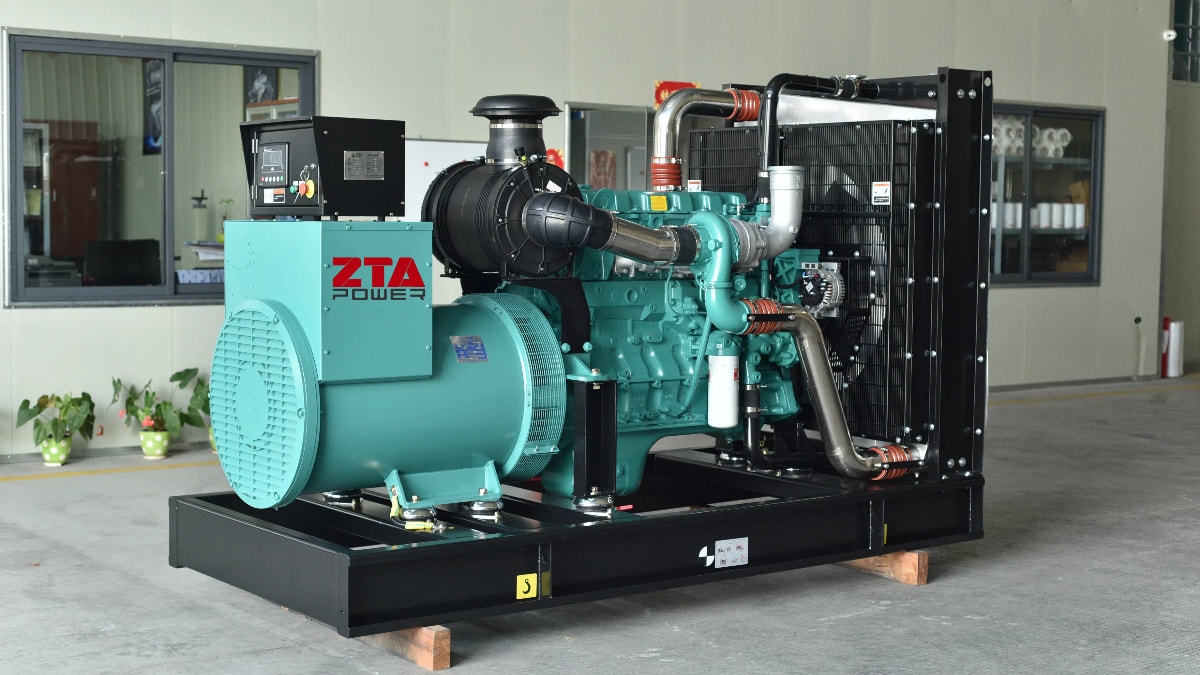4 Essential Conditions for Maintaining Rated Power in Diesel Generators
When a diesel generator exhibits "low power" symptoms—inability to reach rated RPM, black exhaust smoke, turbocharger overheating (glowing red), or unstable operation—these systemic failures are typically responsible. Below are the critical requirements and failure analyses for optimal power output:
Root Causes of Power Deficiency
1. Incorrect Fuel Delivery
Wrong injection timing:
Fuel pump issues:
2. Poor Combustion Efficiency
Faulty injectors:
3. Gas Leakage Losses
Valve train defects:
Piston/cylinder wear:
Ring gap >1.5mm → Blowby contamination
4. Exhaust Restrictions
DPF/SCR blockage:
Backpressure >10 psi (vs. 3 psi normal)
4 Non-Negotiable Conditions for Full Power Output
| Condition | Technical Parameters | Failure Impact |
| 1. Precision Fuel Delivery | - Injection pressure: 200-300 bar - Timing accuracy: ±0.5° crank angle |
10-30% power loss |
| 2. Optimal Air Supply | - Turbo boost: 20-35 psi - A/F ratio: 18:1 to 70:1 (idle vs. load) |
Soot accumulation in 50h |
| 3. Complete Combustion | - Exhaust temp: 300-600°C - Smoke opacity: <5% (FSN) |
Cylinder glazing |
| 4. Minimized Parasitic Losses | - Friction: <8% of BHP - Alternator eff.: >94% |
Oil temp >120°C |
Diagnostic Protocol
Fuel System Check
Compression Test
Acceptable variation: <10% between cylinders
Turbo Inspection
VGT vanes should move freely (0-100% in <2 sec)
Dyno Testing
Load step response: 90% power in <5 sec

Pro Maintenance Tips:
For high-altitude operation, recalibrate ECM to maintain air density
Use CF-4/SJ grade oil to reduce friction losses by 3-5%
Annual thermographic scans detect exhaust restrictions early